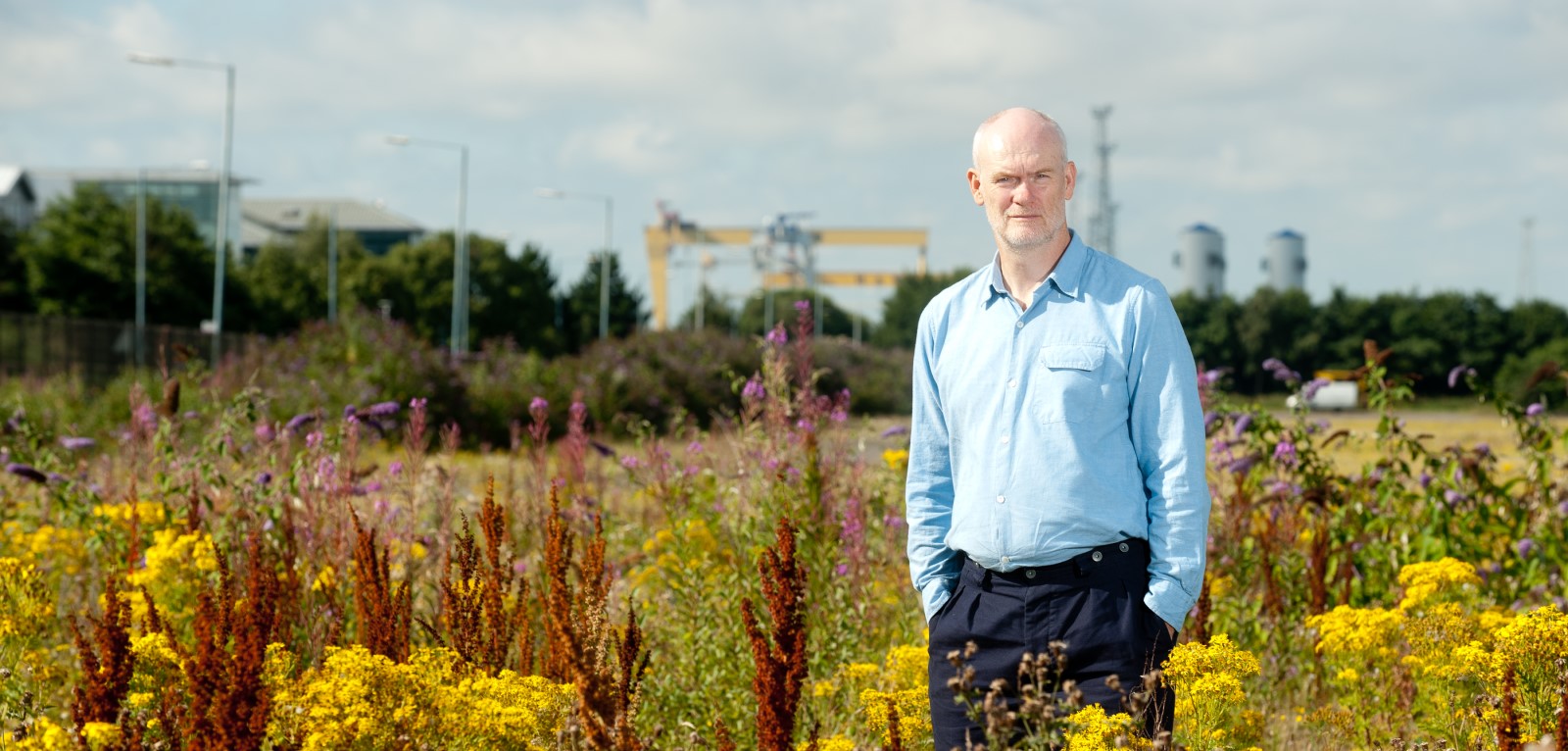New technique for reducing arsenic in rice revealed
Contamination of rice with inorganic arsenic is a major risk in many parts of the world where rice is a staple food. Queen's University's Professor Andy Meharg and colleagues have developed ways to reduce the levels of this toxic substance.

In a new paper published in the American Chemical Society's journal Environmental Science & Technology Professor Rice and his fellow researchers show that removing the husk of the rice and then parboiling it can greatly reduce the levels of arsenic and other toxins in the food, while increasing the amount of calcium retained.
This is potentially of considerable significance in countries such as Bangaldesh, as, according to the International Rice Research Institute, people in Bangladesh eat relatively large quantities of the staple - about a pound of rice per person per day.
For that reason, the researchers carried out their experiments in Bangladesh, testing their processing methods in 13 traditional, small-scale parboiling plants throughout the contry.
The results have now been published in a paper entitled 'Modifying the Parboiling of Rice to Remove Inorganic Arsenic, While Fortifying with Calcium' in the journal 'Environmental Science and Technology, DOI: 10.1021/acs.est.8b06548
Reducing Inorganic Arsenic in Rice is a Social Charter Signature Project. For more on Professor Meharg's work, visit this page.